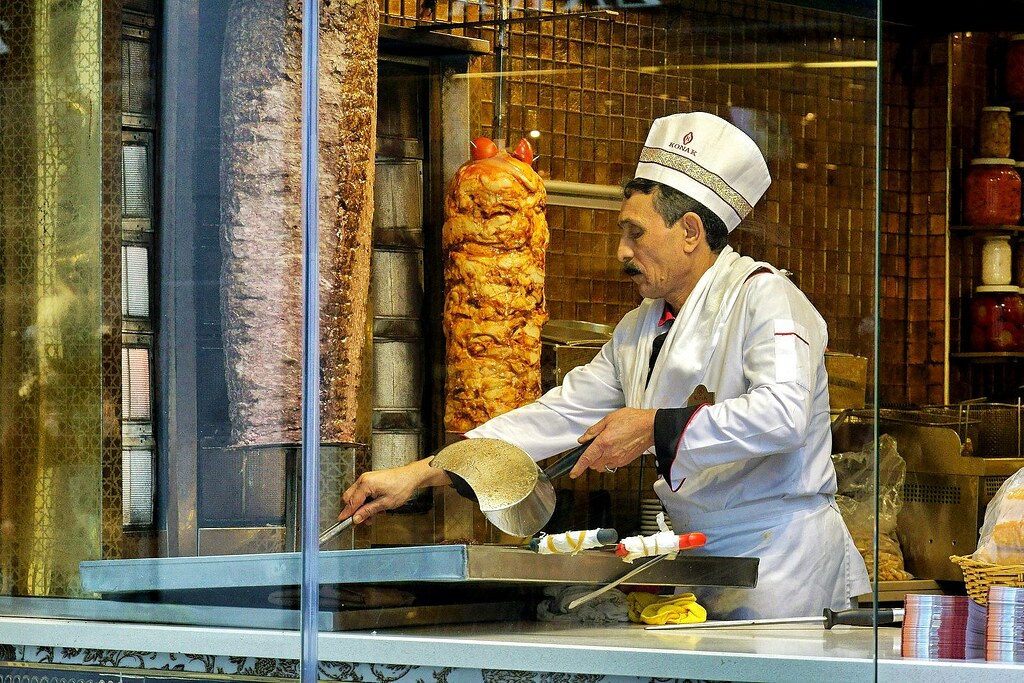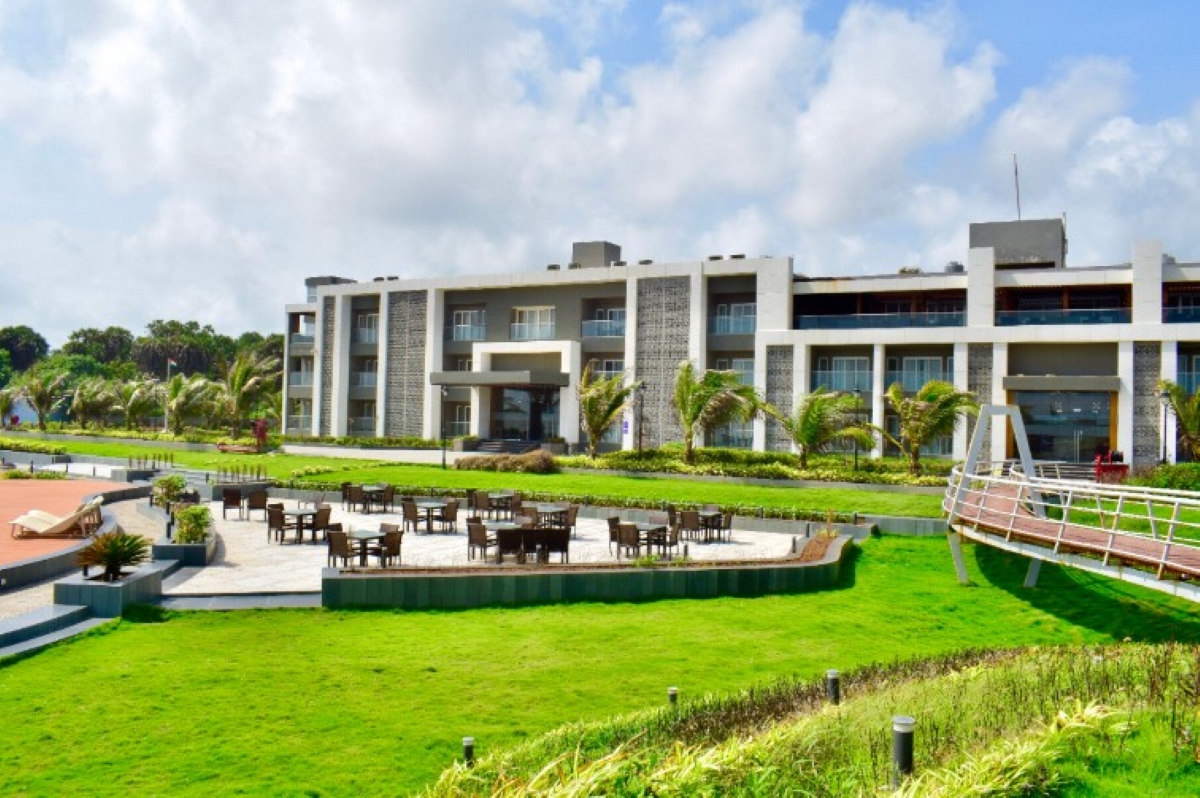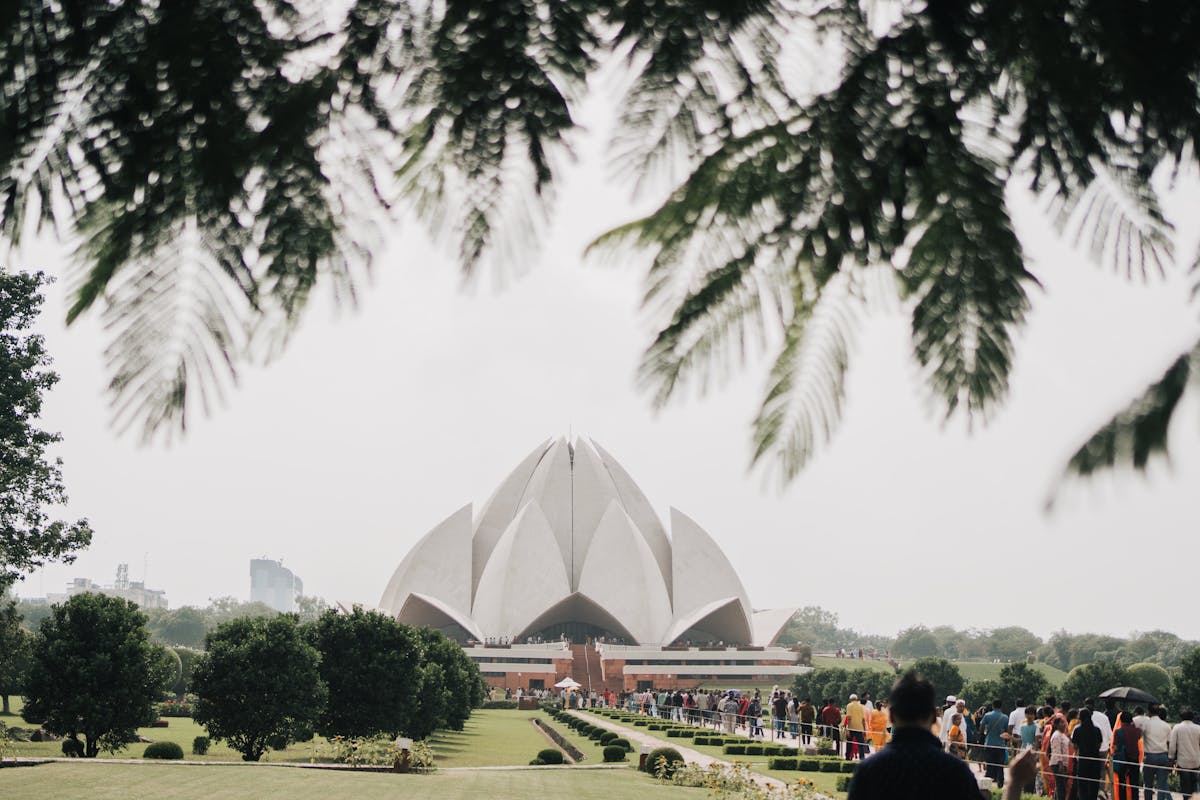How Tourism Homogenizes Cuisines and What Are Possible Solutions

Skift Take
We posted a video diary from me this week about how food cultures in various countries and regions get "flattened" – homogenized – as a result of tourism, and worse, too much tourism. By “flattening of food cultures,” I meant how certain cuisines get boiled down to the same, overly familiar dishes because of tourists' expectations.
I asked Skift's own AI answer engine, Ask Skift, for details on first, how this flattening happens and second, the ways to combat it from a tourism board, local government, and traveler perspective.
Here is the analysis it came back with, and it's worth reading in full:
Mechanisms Behind the Flattening:
- Culinary Adaptations for Tourist Palates:
Restaurants in heavily visited areas commonly adjust traditional dishes to suit what they perceive as tourist preferences. Authentic seasonings might be toned down, complex spices simplified, and traditional cooking methods shortened or altered. Over time, these “tourist-friendly” versions can supplant original recipes, even for the local population, who increasingly consume what is easily available. - Selective Representation of Local Dishes:
When tourists arrive, they often seek out certain "famous" dishes advertised in guidebooks, on travel websites, or through social media. In response, restaurants concentrate on a few well-marketed dishes—often street foods, pastas, curries, or stews that have become shorthand for local cuisine—while lesser-known items vanish from menus. The result is that tourists encounter a “greatest hits” version of the region’s food rather than its full range. - Economic Pressures and Supply Chains:
High-volume tourism fosters larger, more standardized supply chains that prize uniformity and cost-effectiveness. Local ingredients that are seasonal, difficult to source, or require intensive preparation might be replaced by imported, pre-processed, or mass-produced ingredients. This shift makes it cheaper and easier to serve large crowds but at the cost of diminishing culinary distinctiveness. - “Global Comfort Foods” and Restaurant Clusters:
Major tourist destinations often see an influx of international chain restaurants and standardized “global” foods (e.g., pizza, burgers, international coffee chains) clustered near hotels, beaches, or landmarks. Their presence can overshadow smaller, local eateries and further reduce the visibility of local culinary specialties. - Loss of Culinary Knowledge:
Over time, if demand for certain traditional dishes wanes—because they are either not what tourists request or not easily adapted—locals may cease to prepare them. Younger generations grow up with a smaller repertoire of authentic recipes, and artisanal food skills (fermentation, regional cheese-making, particular bread-baking techniques, or slow-cooking methods) can diminish.
How to Push Back Again Cuisine Homogenization
The flattening of food cultures can be addressed from various perspectives, including tourism boards, local governments, and travelers themselves. Here are some recommendations for each perspective:
From a Tourism Board Perspective
- Promote Local Cuisine and Heritage: Tourism boards should focus on promoting the local culinary heritage as a unique selling point. This includes organizing food festivals, culinary tours, and workshops that highlight traditional cooking methods and ingredients.
- Collaborate with Local Chefs and Restaurants: By partnering with local chefs and restaurants, tourism boards can create authentic food experiences that attract culinary tourists. This collaboration can also include showcasing local dishes in international food events.
- Educational Campaigns: Launch educational campaigns that inform both locals and tourists about the importance of preserving local food traditions. This can foster a deeper appreciation and support for local cuisines.
- Support Sustainable Practices: Encourage sustainable food practices among local businesses and promote them as part of the tourism experience. This not only helps preserve the environment but also supports local farmers and producers.
From a Local Government Perspective
- Policy Support for Local Food Producers: Implement policies that support local farmers and food producers, such as subsidies or tax breaks. This helps maintain the supply of authentic local ingredients.
- Cultural Heritage Protection: Protect local food traditions by recognizing them as part of the region’s cultural heritage. This can involve legal protections and incentives for businesses that prioritize traditional methods.
- Infrastructure Development: Invest in infrastructure that supports food tourism, such as markets, culinary schools, and food museums. These can serve as attractions themselves and support the local food industry.
- Community Engagement: Engage with communities to ensure that the development of food tourism benefits locals. This can involve participatory planning processes to align tourism strategies with community needs.
From a Traveler Perspective
- Seek Authentic Experiences: Travelers should prioritize seeking out authentic food experiences, such as dining at local eateries instead of international chains. This not only supports local businesses but also enriches the travel experience.
- Learn and Respect Local Food Customs: Taking the time to learn about and respect local food customs can enhance the travel experience and show respect for the host culture.
- Support Sustainable Tourism: Choose tourism providers that prioritize sustainability and support local communities. This can involve staying at eco-friendly accommodations and participating in tours that give back to the community.
- Share Experiences: Sharing authentic culinary experiences through social media or travel blogs can raise awareness and appreciation for the local food culture among wider audiences.
By implementing these strategies, each stakeholder in the tourism ecosystem can play a crucial role in preserving and promoting local food cultures, ensuring that they remain vibrant and integral to the travel experience.





